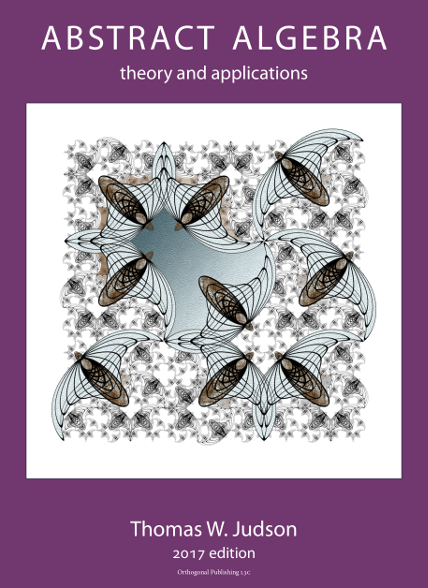Subsection7.3Historical Note
¶Prime numbers were first studied by the ancient Greeks. Two important results from antiquity are Euclid's proof that an infinite number of primes exist and the Sieve of Eratosthenes, a method of computing all of the prime numbers less than a fixed positive integer \(n\text{.}\) One problem in number theory is to find a function \(f\) such that \(f(n)\) is prime for each integer \(n\text{.}\) Pierre Fermat (1601?–1665) conjectured that \(2^{2^n} + 1\) was prime for all \(n\text{,}\) but later it was shown by Leonhard Euler (1707–1783) that
\begin{equation*} 2^{2^5} + 1 = 4{,}294{,}967{,}297 \end{equation*}is a composite number. One of the many unproven conjectures about prime numbers is Goldbach's Conjecture. In a letter to Euler in 1742, Christian Goldbach stated the conjecture that every even integer with the exception of \(2\) seemed to be the sum of two primes: \(4 = 2 + 2\text{,}\) \(6 = 3 + 3\text{,}\) \(8 =3 + 5\text{,}\) \(\ldots\text{.}\) Although the conjecture has been verified for the numbers up through \(4 \times 10^{18}\text{,}\) it has yet to be proven in general. Since prime numbers play an important role in public key cryptography, there is currently a great deal of interest in determining whether or not a large number is prime.
